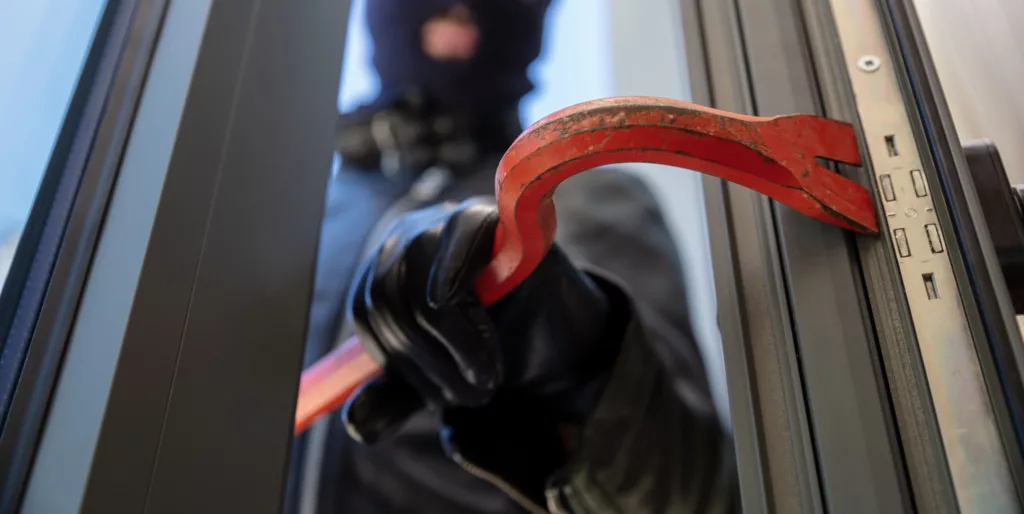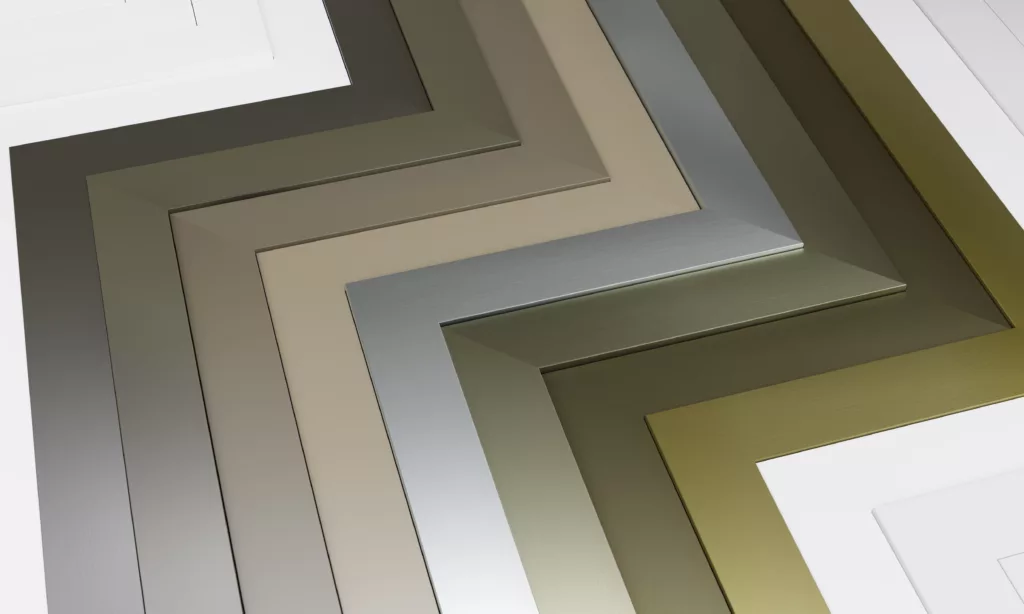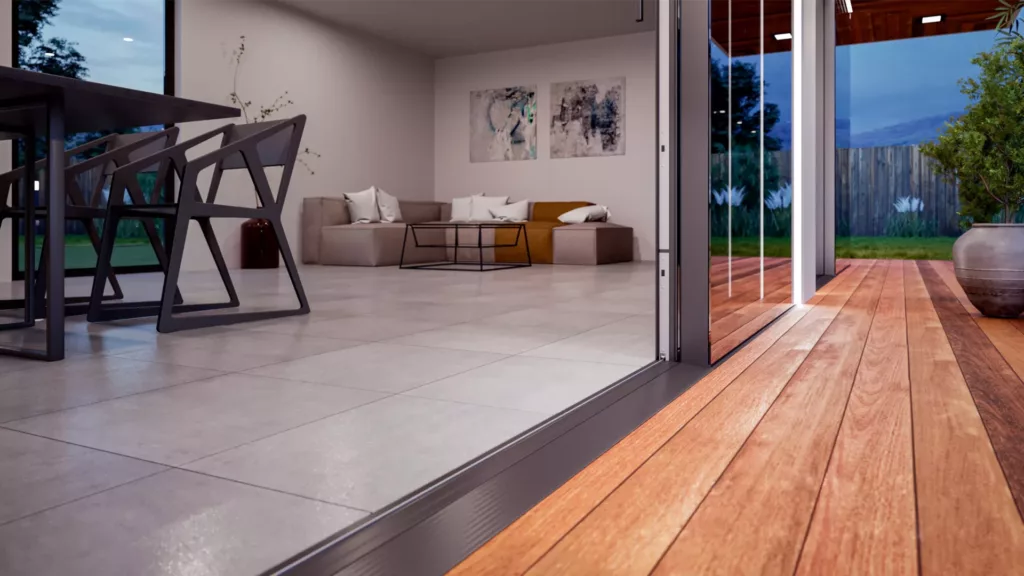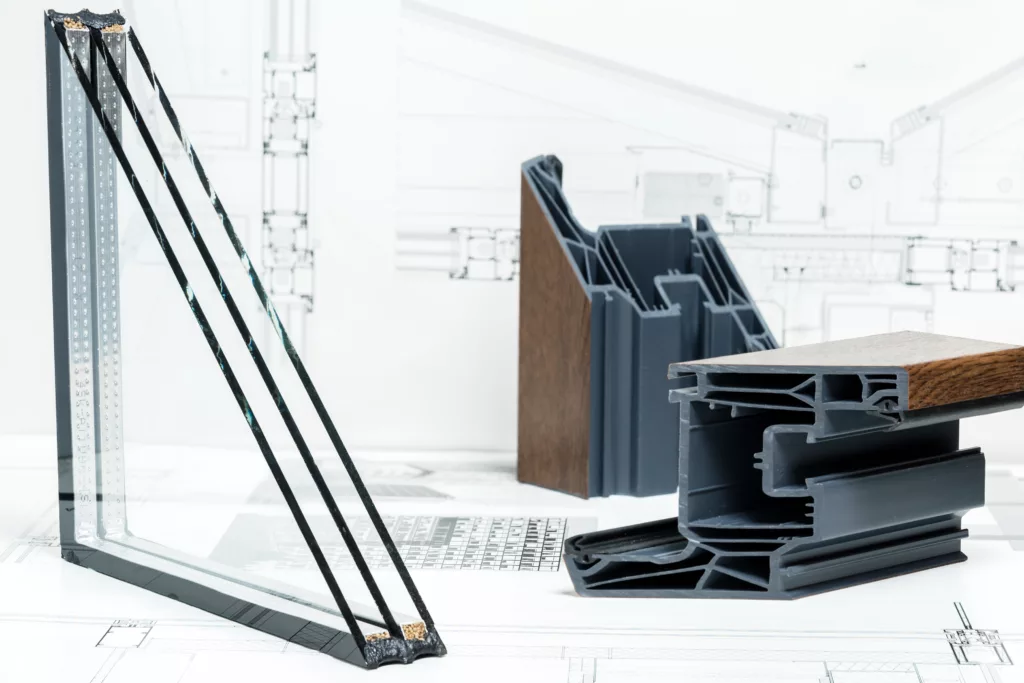EN 1627:2011 Standard – What RC Certification Means
RC resistance classes aren’t a manufacturer’s invention or marketing gimmick. They’re defined by the European standard EN 1627:2011, which precisely specifies the tests required for certification. Certification takes place in accredited laboratories, such as building research institutes, ensuring independent verification by specialized testing facilities.
The testing process consists of three key phases simulating different attack methods. The first checks static resistance, the second tests dynamic resistance under repeated impacts, and the third simulates a real manual attack with a strictly defined set of tools.
The key parameter is time—how many minutes the door resists before an intruder gains access to the interior.
An RC certificate is the only objective proof that a door has actually withstood testing according to European standards. Without EN 1627 certification, even the most expensive door is merely a manufacturer’s promise. This is particularly important given insurance company requirements, which for coverage exceeding $50,000 expect documentation confirming the appropriate security class.
The standard defines six classes—from RC1 to RC6. In residential construction, we most commonly encounter RC2 and RC3, which represent a balance between security and cost. Higher classes are reserved for specially protected facilities.
How Long RC2 Doors Last – When Three Minutes Make the Difference
RC2-certified doors must withstand at least three minutes of attack by a burglar using simple tools: wedges, hammers, pliers, and screwdrivers. This is the equipment of a typical opportunistic thief who acts spontaneously without a detailed plan.
Why are three minutes so crucial? Criminals operate under time pressure and risk of detection. Research shows that if a break-in can’t be accomplished within the first two to three minutes, most burglars give up and seek an easier target.
RC2 doors are a psychological barrier forcing intruders to abandon their attempts.
RC2 class is recommended for apartments on higher floors where burglary risk is lower due to difficult access and additional barriers like intercoms. It performs well in locations where neighbors’ presence acts as a deterrent.
To obtain RC2 certification, doors require: a frame with reinforcement and at least eight anti-leverage bolts, multi-point locks securing at multiple points, a cylinder lock of class 4 to EN 1303, and P4A security glazing for any glass panels.
BWS Technika Budowlana’s range includes RC2 aluminum doors with a Ud-value <1 W/(m²K), equipped with Dr. Hahn hardware and Fuhr multi-point locks. Thanks to the low heat transfer coefficient, they provide excellent thermal insulation compliant with 2021 building regulations.
RC3 Doors – When Five Minutes Save Your Home
RC3 class represents a fundamental step up. Doors must withstand at least five minutes of attack by a burglar with heavy arsenal: two large steel crowbars (up to 710 mm), larger screwdrivers, and a cordless drill. This is equipment requiring physical strength, generating noise and revealing intentions.
RC3 is designed to defend against experienced burglars acting with premeditation.
Single-family homes, especially detached properties, face greater risk than apartments. Criminals often observe properties for days, learning residents’ routines. Professional thieves prepare themselves and have more time without risk of detection.
RC3 is currently the recognized minimum standard for single-family homes, ground floors, and remote locations.
Many insurance companies require RC3 when coverage exceeds $50,000. An EN 1627:2011 certificate in RC3 class provides objective proof of proper security, often translating to more favorable policy terms.
RC3 requirements include: steel reinforcements within the door leaf, twelve to sixteen anti-leverage bolts, an armored frame, locks of class 3 or 4 to EN 1303, and P6B glazing for glass panels. Panel models without glazing are the most secure.
An attack on RC3 doors generates significant noise acting as a natural alarm. In dense developments, this alerts neighbors, increasing risk for the burglar.
BWS RC3 Aluminum Systems
Aliplast Genesis 75 – the flagship RC3-certified system combining security with energy efficiency. The 75mm three-chamber construction with double sealing achieves a Ud-value from 0.68 W/(m²K)—a passive house building parameter.
Sound insulation of 44 dB and availability in 213 RAL colors allows complete personalization.
Yawal TM 77N – a premium system combining RC3 with RC4 potential. Profile depth of 77mm and HI+ inserts ensure a Ud-value from 0.8 W/(m²K). Enables door leaves up to 300 kg and heights up to three meters—ideal for contemporary architecture.
Sound insulation Rw up to 46 dB and water tightness E1950 confirm versatility.
Both systems feature professional Dr. Hahn hardware and Fuhr multi-point locks with class 4 cylinders to EN 1303, guaranteeing the highest quality and decades-long reliability.
Sound insulation Rw up to 46 dB and water tightness E1950 confirm versatility.
Both systems feature professional Dr. Hahn hardware and Fuhr multi-point locks with class 4 cylinders to EN 1303, guaranteeing the highest quality and decades-long reliability.
Why Aluminum is the Best Choice for RC2 and RC3
Aluminum offers unmatched structural rigidity compared to PVC or wood. Aluminum profiles don’t deform under stress, which is crucial for maintaining the integrity of locking points.
PVC tends to warp, limiting its application in the highest RC classes. Wood, being an organic material, reacts to moisture and temperature changes, affecting sealing and strength.
BWS aluminum systems enable construction of doors weighing 200-300 kg, which would be impossible with PVC. Aluminum is maintenance-free—requires no painting, doesn’t corrode, and maintains its parameters for decades.
Powder coating with Qualicoat certification guarantees scratch and UV resistance.
Modern architecture demands harmony between security and aesthetics. RC3 aluminum doors, thanks to slender profiles, large Industrial glazing, and finish diversity—from RAL through wood-effect decors to concrete and corten effects—allow realization of demanding projects without compromise.
Smart Home and RC Doors – Security Synergy
Even the most resistant RC3 doors withstanding five minutes won’t stop a burglar if no one responds. At many locations, police response time is 15-20 minutes or more.
Security doors are a passive barrier—they don’t alarm or summon help.
Smart Home integration with security doors creates a comprehensive strategy combining passive protection with active monitoring.
Modern BWS doors can be equipped with sensors monitoring closure status in real-time. The system detects manipulation and forced entry attempts—vibration sensors immediately activate an alarm exceeding 100 dB and send a push notification with time and threat type.
All within fractions of a second from attack initiation.
Preventive functions deter action before it begins. Automated lighting at random intervals simulates residents’ presence during absence. Thieves observing the property cannot determine if it’s empty.
Remote locking via app provides control and peace of mind when away.
The combination of RC3 with Smart Home creates multi-layered defense: sensors detect manipulation in seconds, deterrent alarm activates immediately, the owner receives notification, patrol responds to the location, and the door provides physical resistance for at least five minutes.
This synergy dramatically increases the probability of thwarting a break-in.
RC2 or RC3 – Making the Right Decision
The choice between RC2 and RC3 isn’t a matter of “better or worse,” but “appropriate or inappropriate” for your specific situation. The key is realistic risk assessment considering location, building type, property value, and insurance requirements.
When to Choose RC2:
- Apartment on third floor or higher with secure entrance and intercom
- Buildings with 24-hour security, concierge, or intensive resident traffic
- Locations with low crime rates according to police statistics
- Limited budget with basic insurance requirements
When RC3 is Essential:
- Detached single-family homes or semi-detached properties
- Ground-floor apartments even in multi-family buildings
- Property value exceeding $25,000
- Remote locations where police response time exceeds 15-20 minutes
- Insurance requirement for coverage above $50,000
Analyze your surroundings: are neighbors home, is the street busy, have there been local break-ins? The answers help assess real risk.
Criminals observe homes before breaking in—the more isolated a property appears, the more important the investment in RC3.
Dr. Hahn Hardware and Fuhr Multi-Point Locks – The Heart of Security
RC class isn’t just profile rigidity, but primarily the quality of hardware, locks, and cylinders determining actual resistance. BWS doors use exclusively professional components—Dr. Hahn hardware and Fuhr multi-point locks with class 4 cylinders to EN 1303.
Dr. Hahn hardware is synonymous with German quality and reliability. The anti-leverage bolt system guarantees that after hinge removal or crowbar leverage, the leaf remains firmly secured thanks to additional locking points.
Fuhr multi-point locks secure simultaneously at multiple points along the entire height, distributing force over a larger area and preventing local deformation. Thanks to them, RC3 certification with resistance to prolonged attacks with heavy crowbars is possible.
Class 4 cylinders to EN 1303 provide protection against drilling, breaking, and manipulation techniques like bumping or picking.
Fuhr multi-point locks secure simultaneously at multiple points along the entire height, distributing force over a larger area and preventing local deformation. Thanks to them, RC3 certification with resistance to prolonged attacks with heavy crowbars is possible.
Class 4 cylinders to EN 1303 provide protection against drilling, breaking, and manipulation techniques like bumping or picking.
Security is an Investment in Family Peace of Mind
RC2 and RC3 security doors are precisely defined standards confirmed by certification according to EN 1627:2011.
RC2 offers three minutes of resistance against opportunistic burglars with simple tools—suitable for apartments on higher floors and low-risk locations.
RC3 provides five minutes of protection against experienced criminals with heavy tools and represents the minimum standard for single-family homes, ground floors, and high-value properties.
BWS aluminum systems—Aliplast Genesis 75 and Yawal TM 77N—combine the highest security class with energy-efficient building parameters. A Ud-value of 0.68-0.8 W/(m²K) meets the most rigorous 2021 requirements without compromising burglary resistance.
Sound insulation up to 46 dB, water tightness E1950, and dimensions up to three meters distinguish aluminum from other materials.
Remember: the door is one, albeit crucial, element of your security strategy. Integration with Smart Home, monitoring, vibration sensors, and lighting automation create multi-layered defense drastically increasing protection effectiveness.




